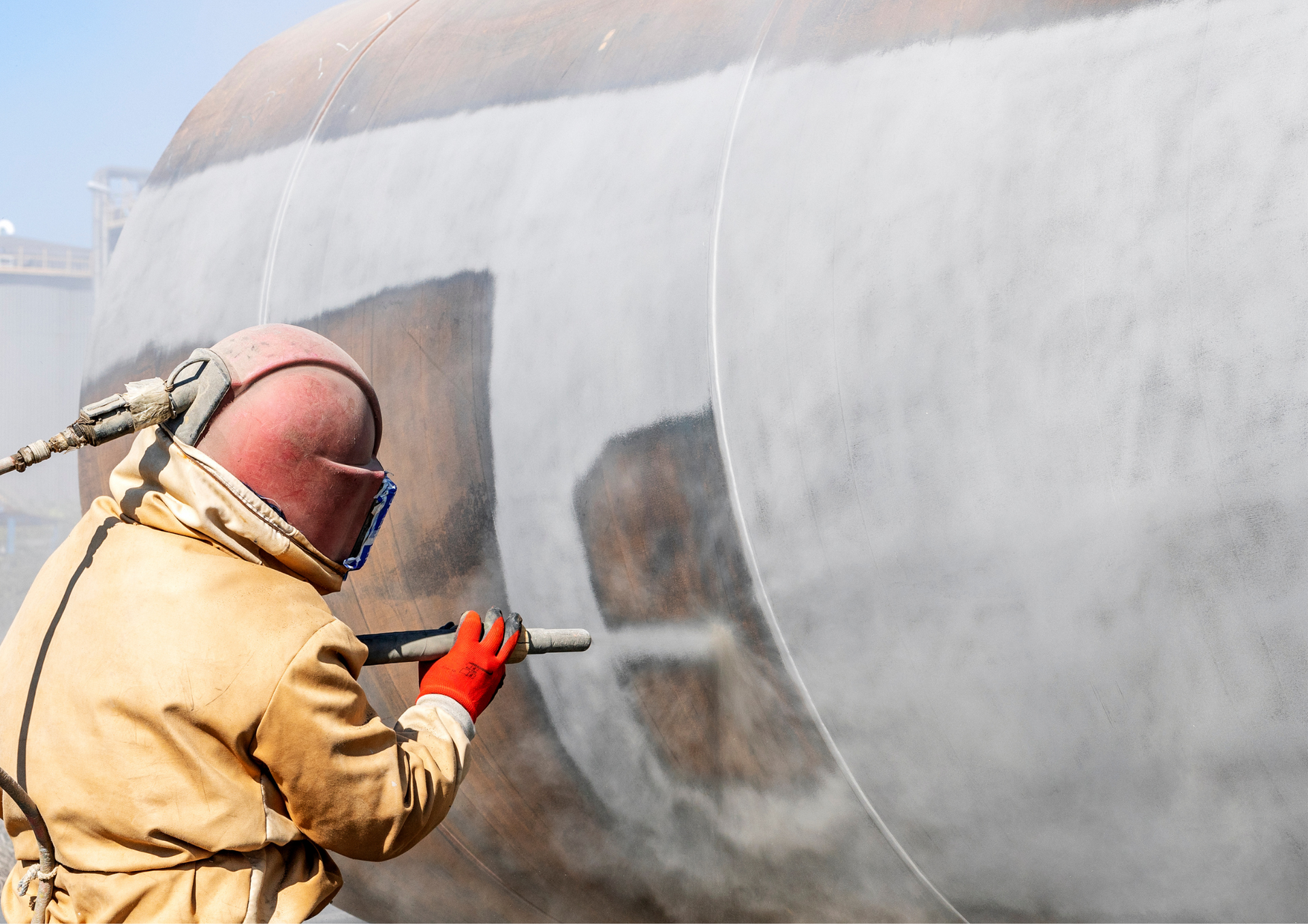Sandblasting for Historical Restoration Projects
Historical restoration projects bridge past and present, allowing us to preserve architectural heritage for future generations. One of the most effective techniques employed in these restorations is sandblasting, a method that cleans and revitalises the exterior of aged buildings. This blog post will delve into how sandblasting is applied in historical restoration, its benefits, and why it is preferred for maintaining the integrity of heritage structures.
The Basics of Sandblasting in Historical Restoration
Sandblasting refers to the process of propelling fine bits of material, typically sand, at high velocity to clean or etch a surface. This technique is used meticulously in historical restoration to remove years of grime, pollution, and other coatings that may have accumulated on building facades over decades or even centuries.
The precision that grit blasting offers makes it an indispensable tool in the restoration toolkit. It is capable of removing unwanted layers without damaging the underlying substrate, which is often made of historically significant materials like stone, brick, or wood.
Advantages of Sandblasting in Preservation
Sandblasting has several advantages that make it particularly suitable for historical restoration projects:
- Effectiveness: It can quickly remove dirt, soot, and biological growths that are common on older buildings, restoring the original appearance without invasive techniques.
- Precision: Adjustable pressures allow the technique to be fine-tuned according to the fragility of the materials, ensuring minimal risk of damage.
- Versatility: Sandblasting can be used on various materials, including wood, stone, and metal, making it a one-stop solution for different surfaces found in historic structures.
- Environmental Safety: Modern sandblasting uses eco-friendly abrasives and can be contained to prevent environmental pollution, aligning with the sustainable practices encouraged in historical restoration.
Challenges and Considerations
While abrasive blasting is beneficial, it requires expertise to ensure that the integrity of the historical structure is not compromised. Here are some challenges and considerations:
- Material Sensitivity: Not all building materials can withstand the abrasive force of sandblasting; thus, alternatives like soda blasting might be considered for softer materials.
- Regulatory Compliance: Many heritage buildings are protected under local laws, requiring restoration teams to adhere to strict guidelines on the methods used, including sandblasting.
- Skilled Execution: The process must be performed by skilled professionals who understand the nuances of working with historical structures to prevent irreversible damage.
Case Studies: Successful Sandblasting Restoration Projects
In Leeds and Bradford, several restoration projects have showcased the effectiveness of abrasive sandblasting. For instance, the refurbishment of the Leeds Town Hall involved careful sandblasting to restore its Victorian stonework, bringing out details that were covered by decades of urban exposure. These projects underscore the method's viability and the expertise needed to execute it correctly.
Sandblasting remains a cornerstone technique in historical restoration, offering an efficient way to revive and preserve our architectural heritage. Its role in maintaining the aesthetic and structural integrity of historical buildings is invaluable, making it a preferred choice for restoration experts.
For those in Leeds and Bradford considering a restoration project, Sandblasting Specialists should be your first choice. Our deep understanding of local architectural styles and years of expertise in advanced sandblasting techniques ensure that your historical restoration project will honour its past while preparing it for the future. Simply search "sandblasting near me" on the internet. Trust us to bring precision, care, and respect to your restoration needs.
To know more, read our latest GBP update about utilising sandblasting for historical restoration projects.



